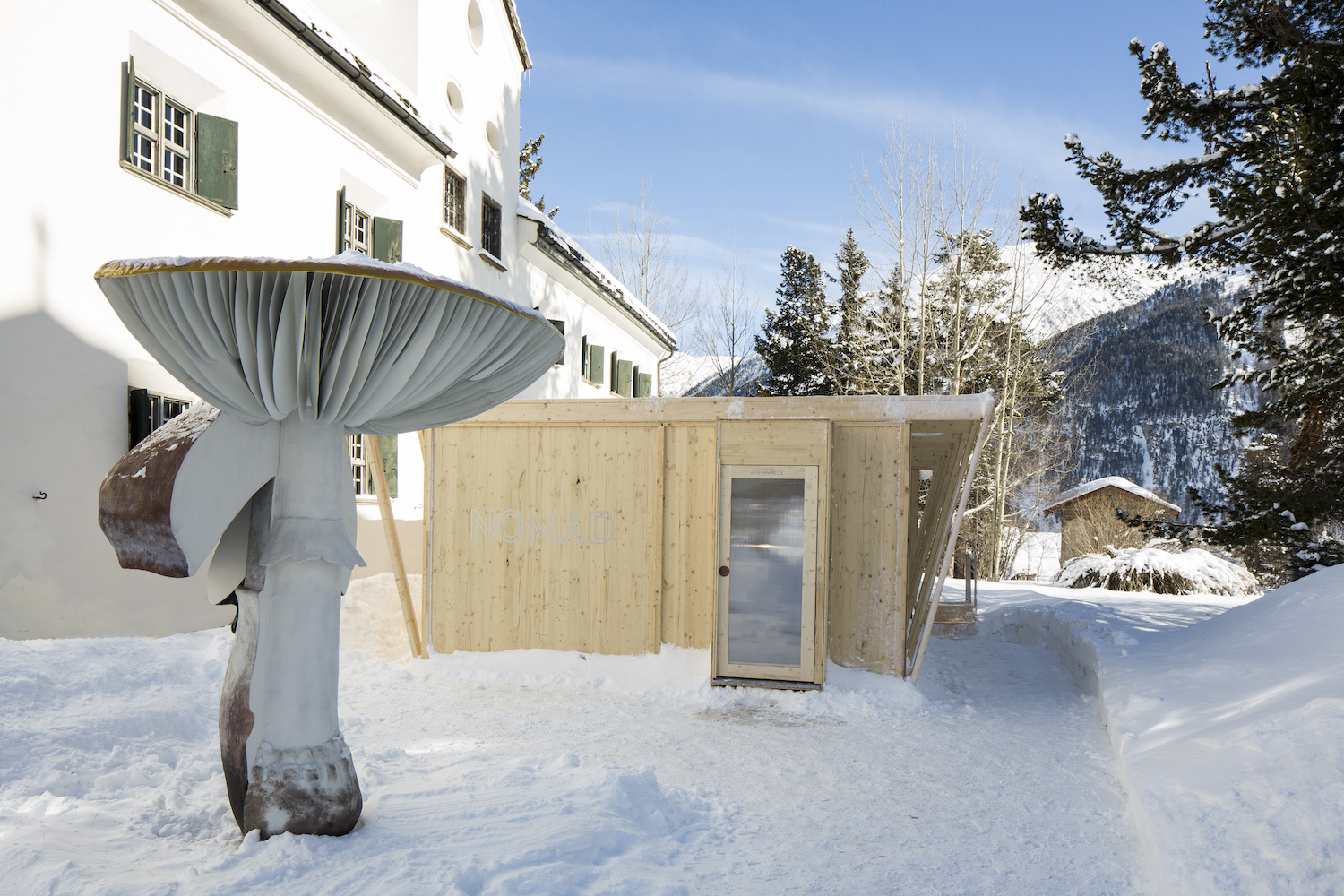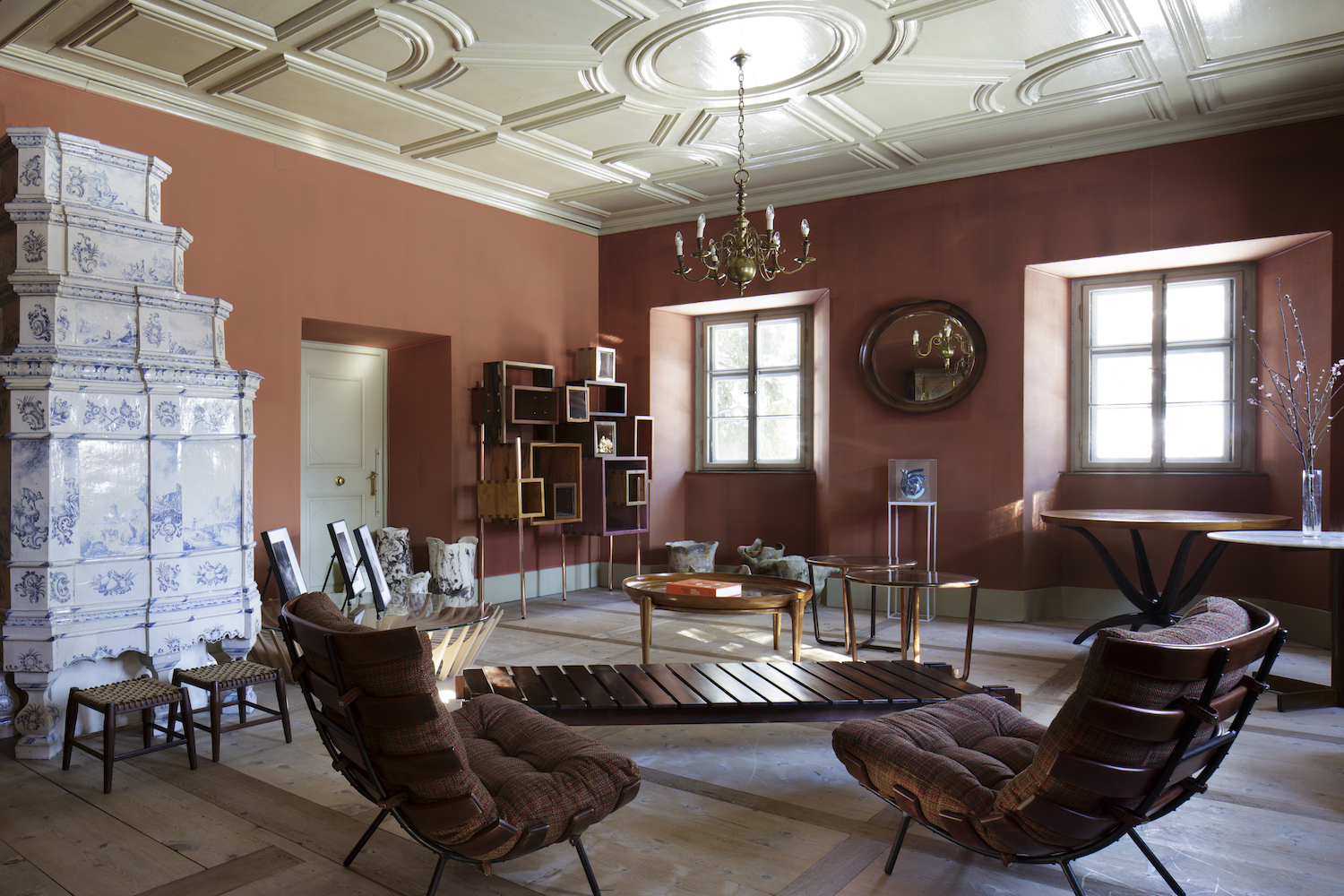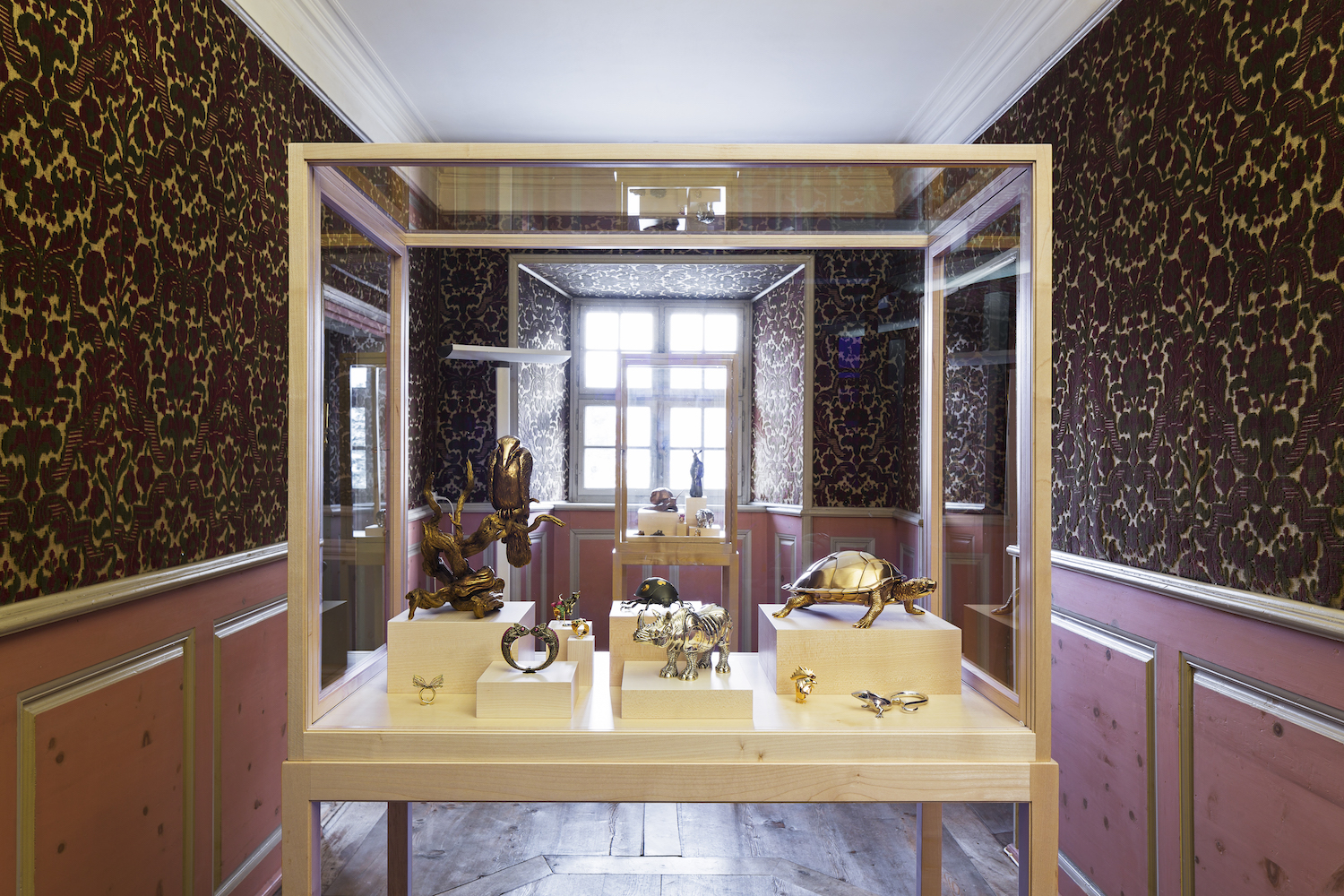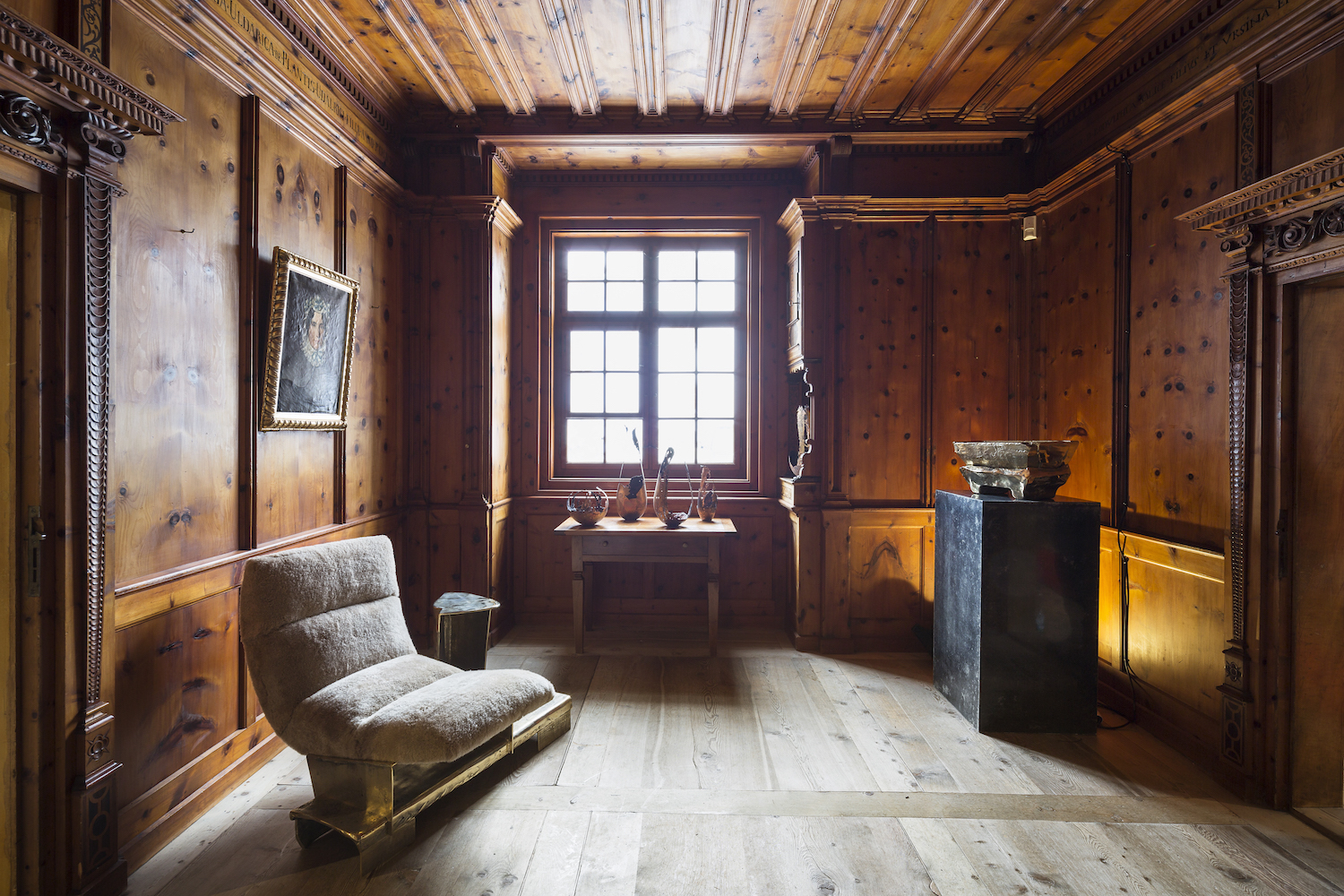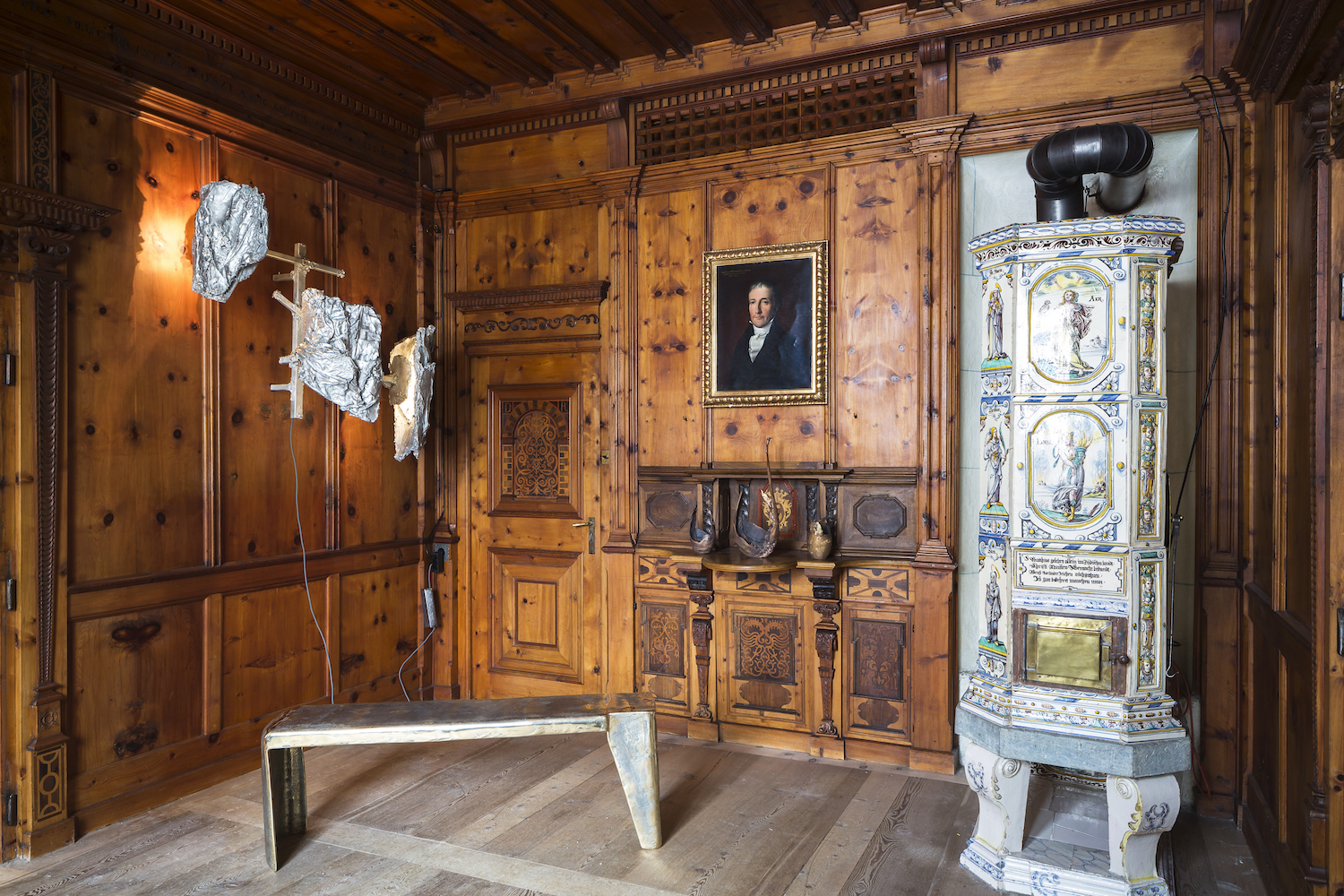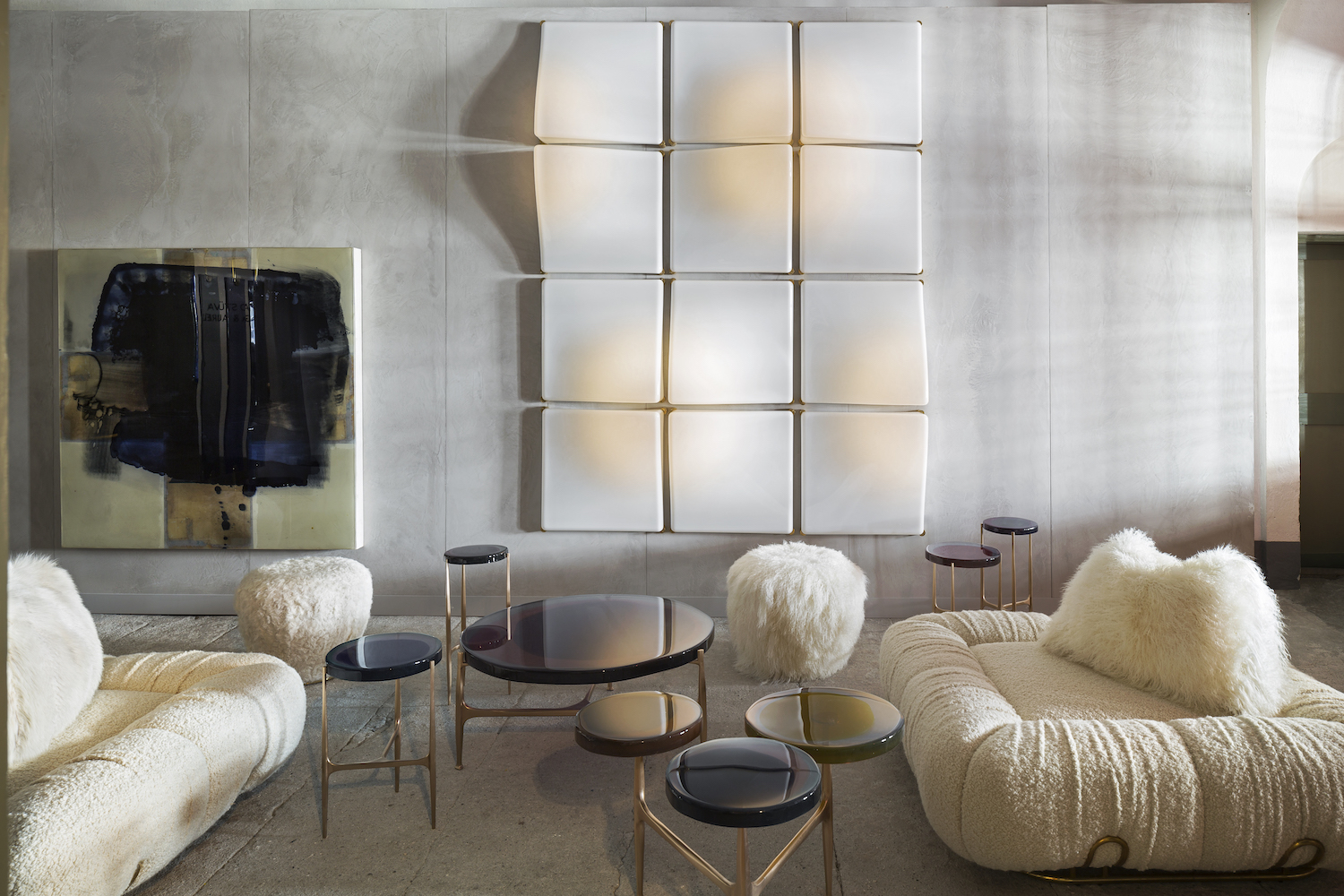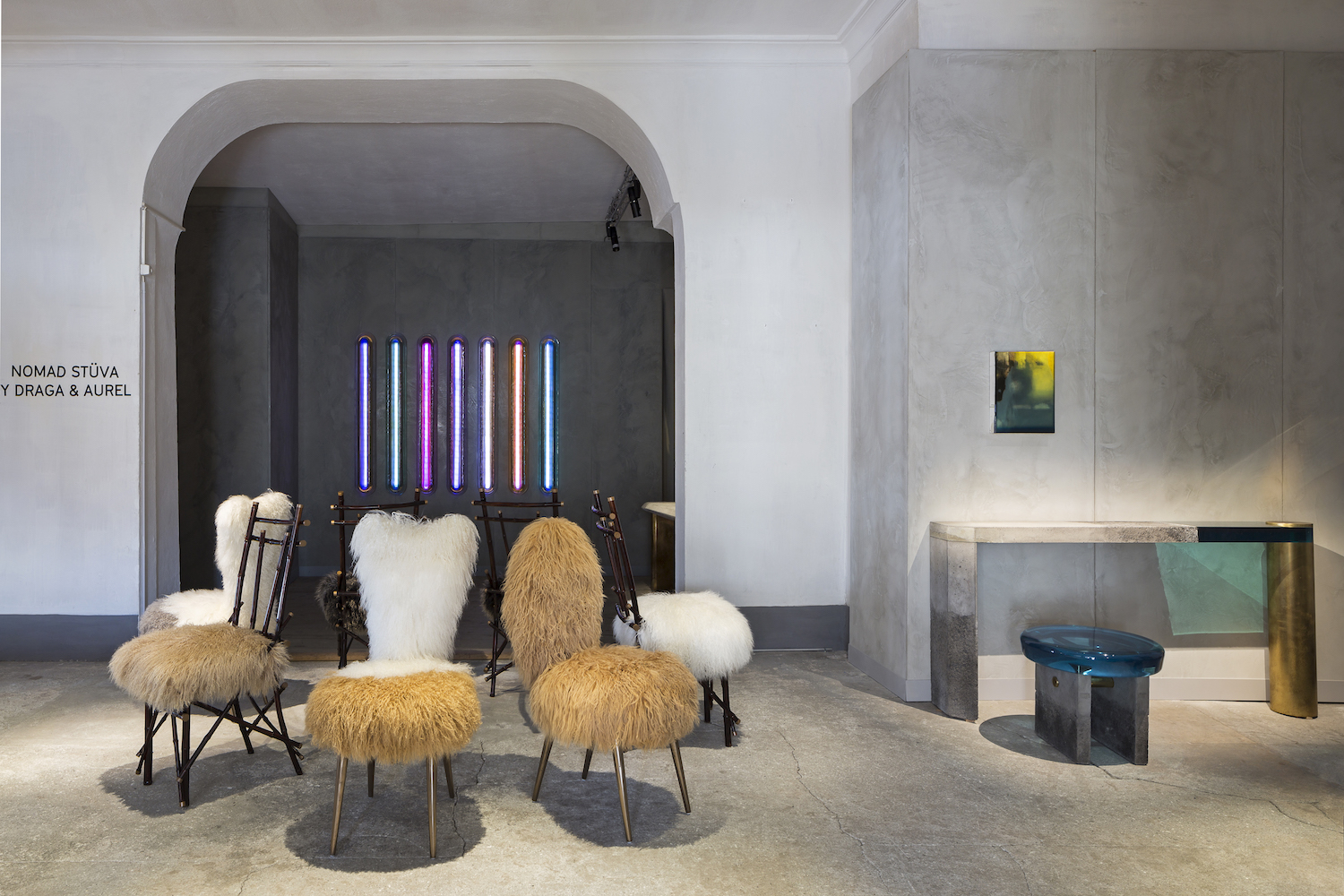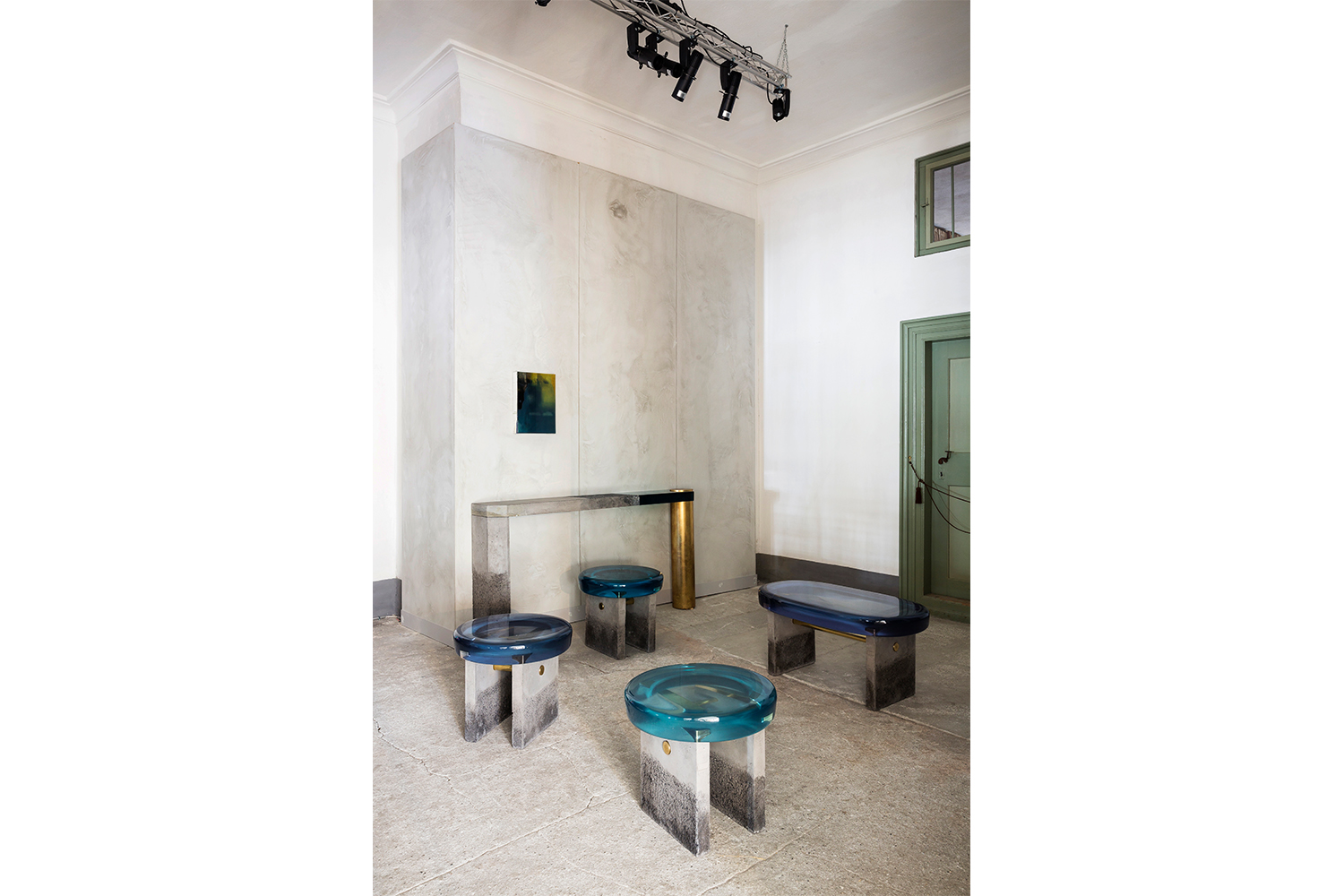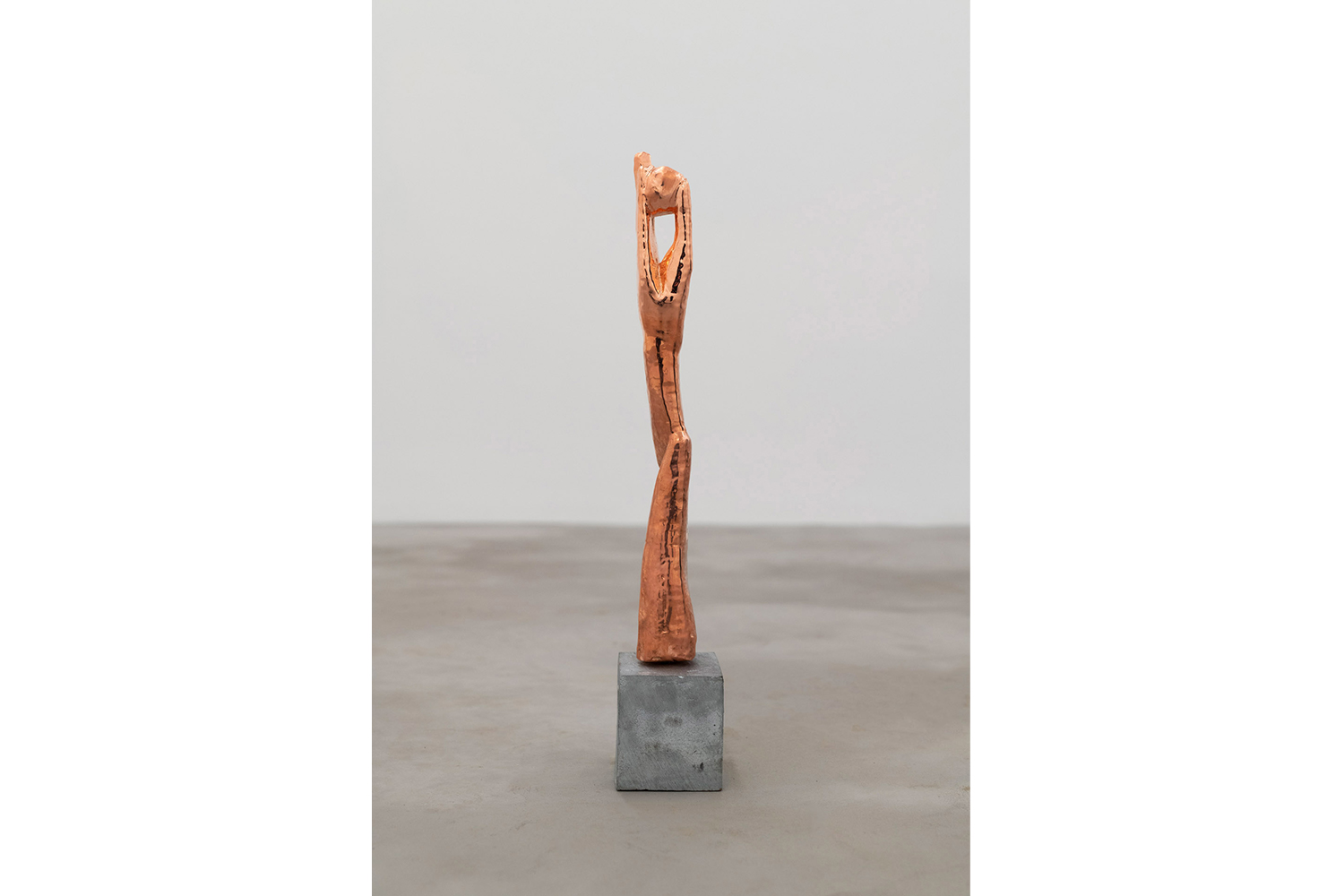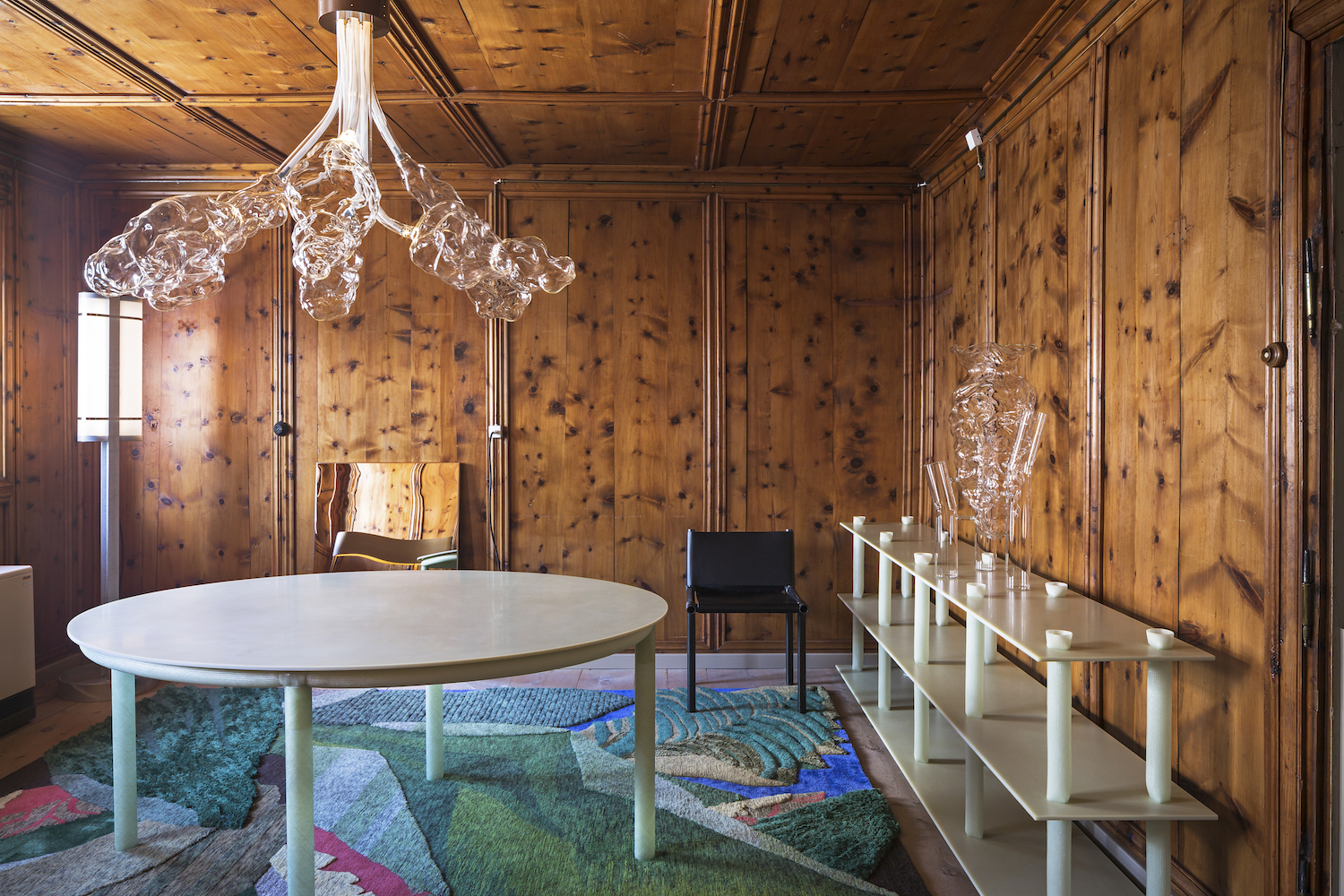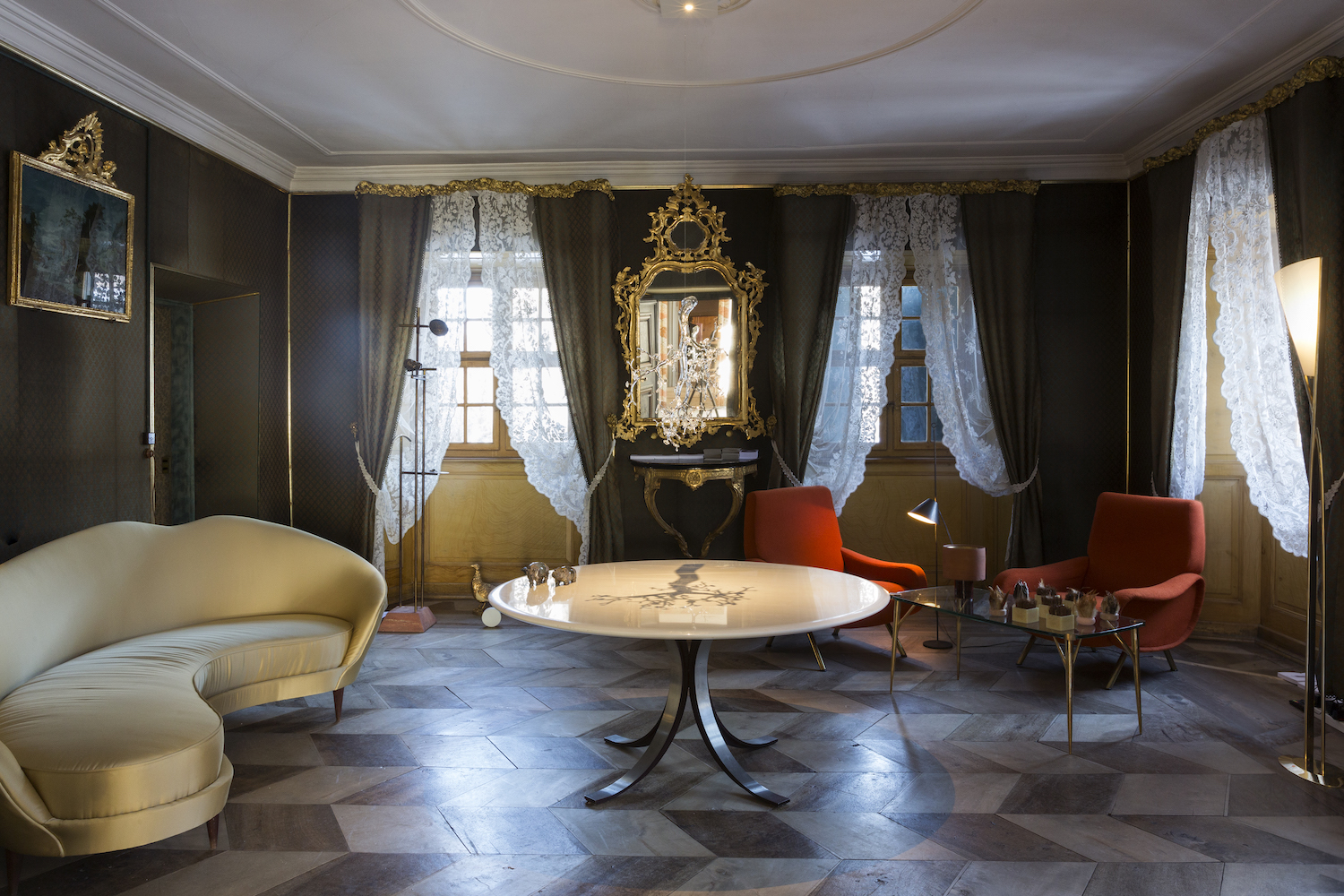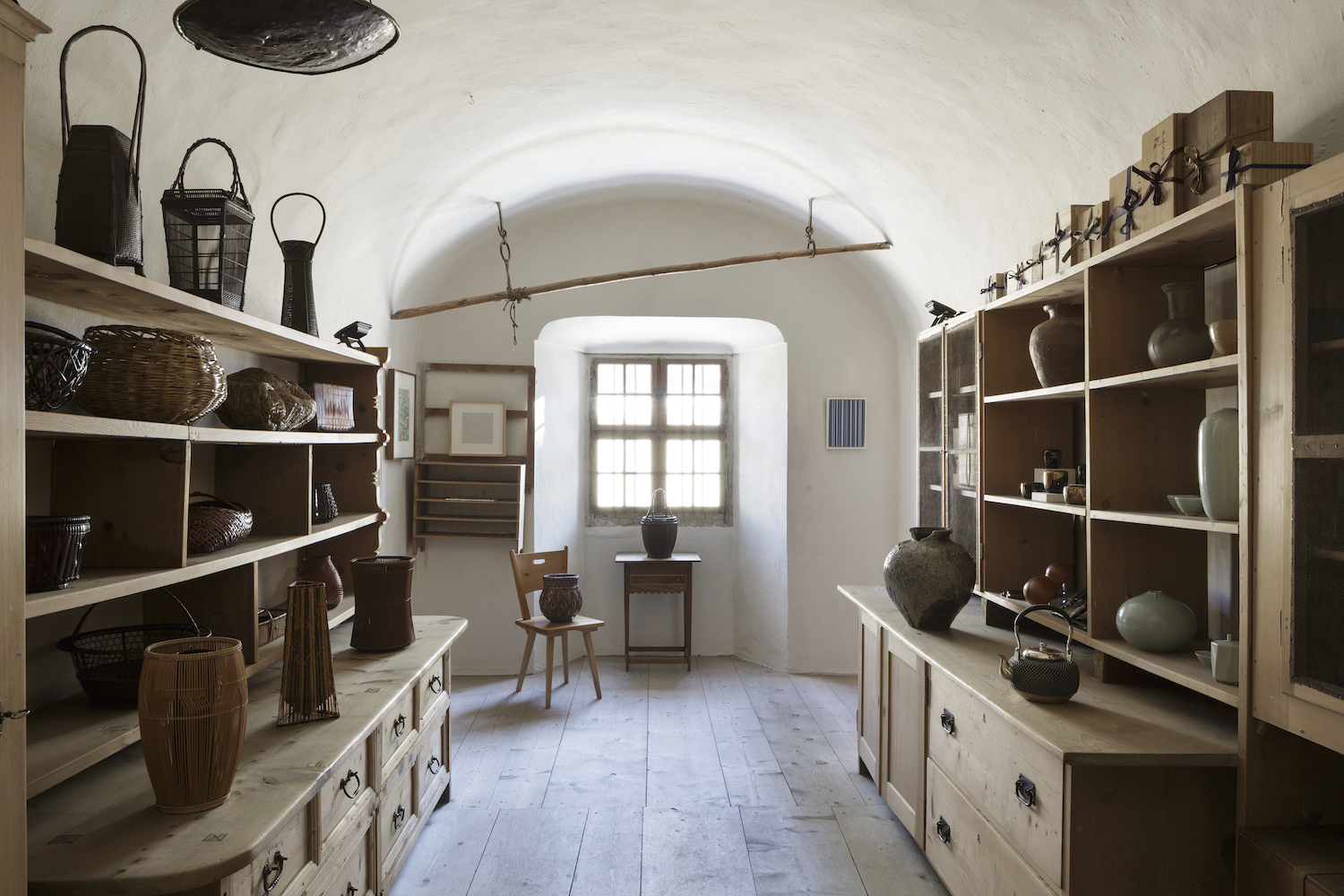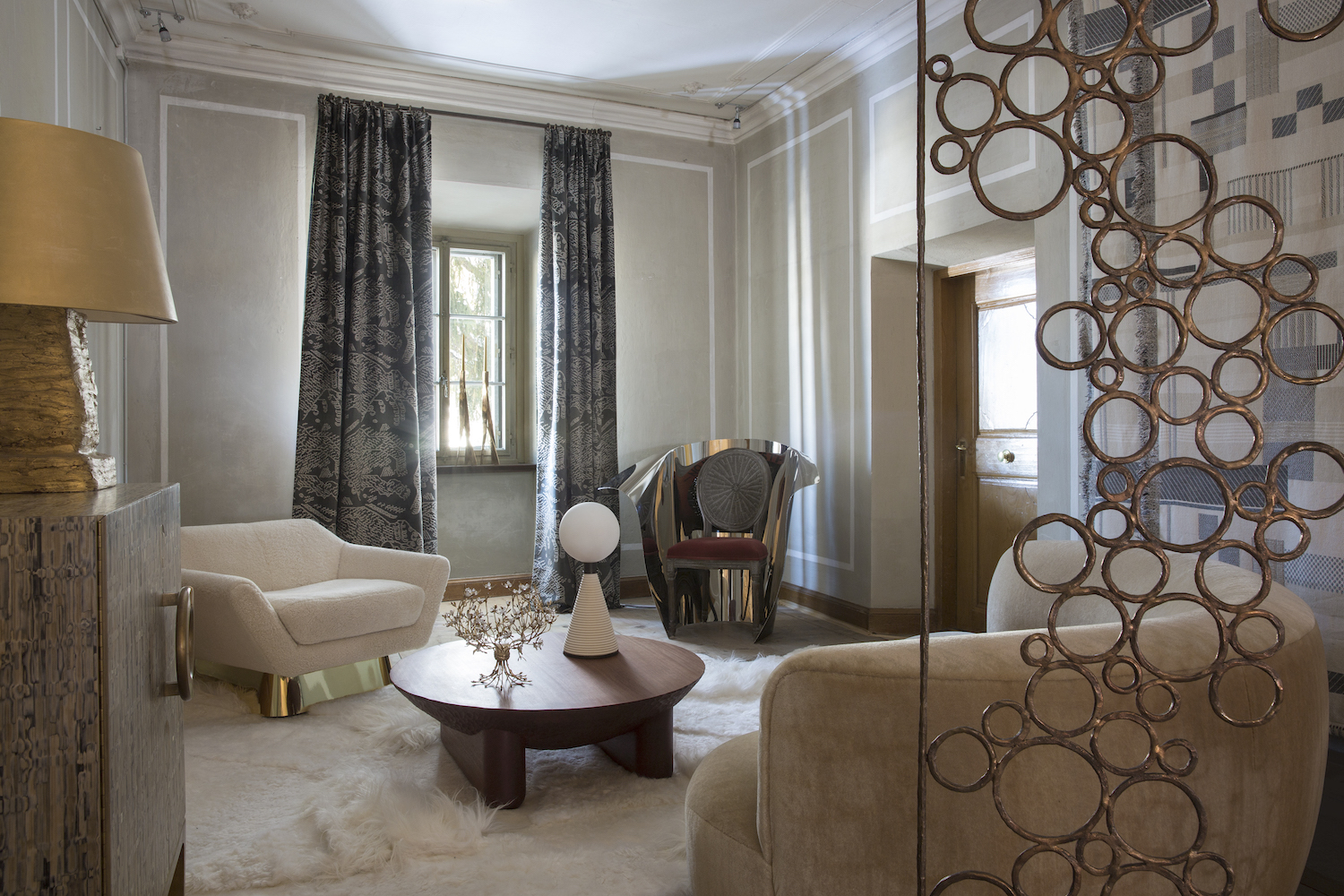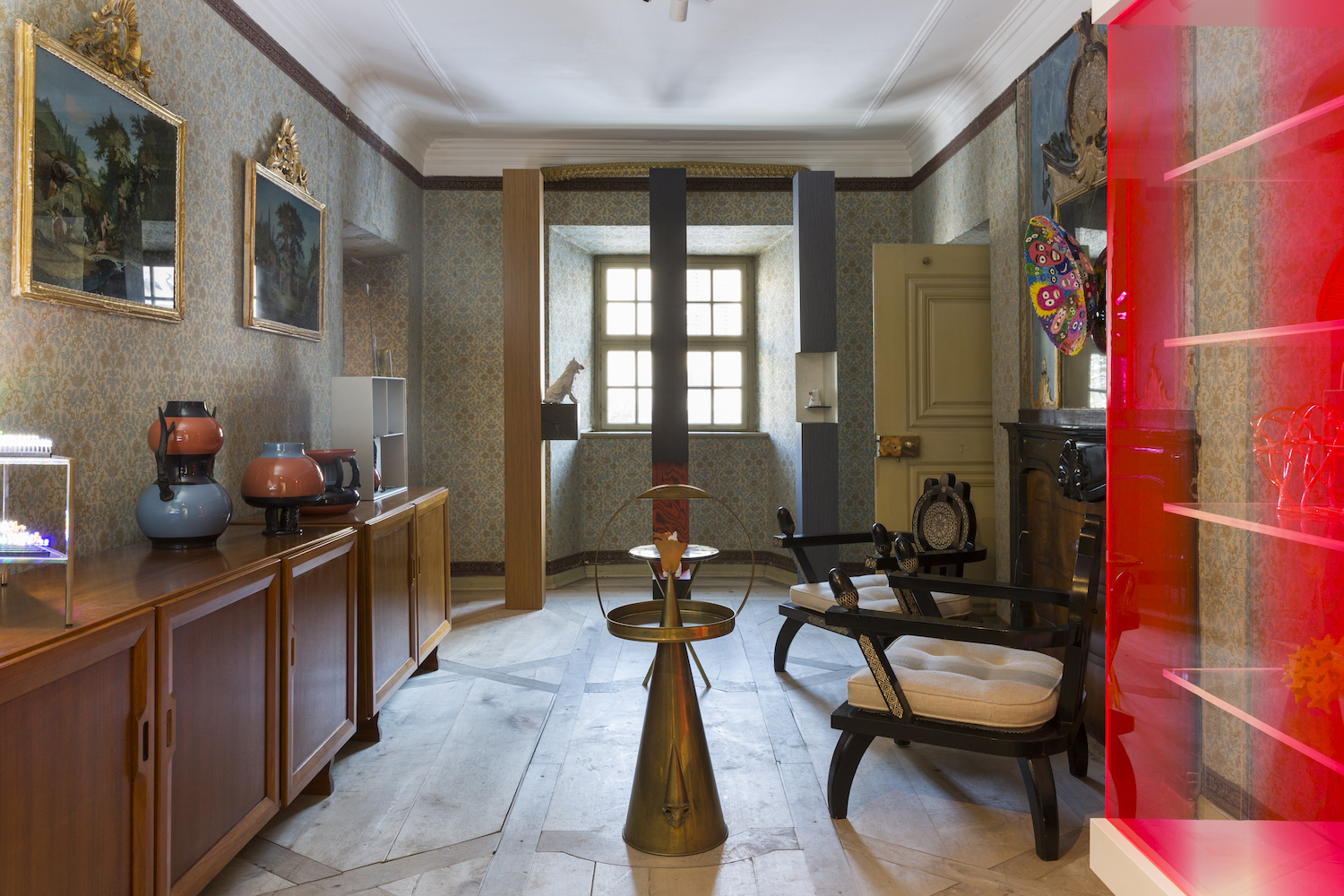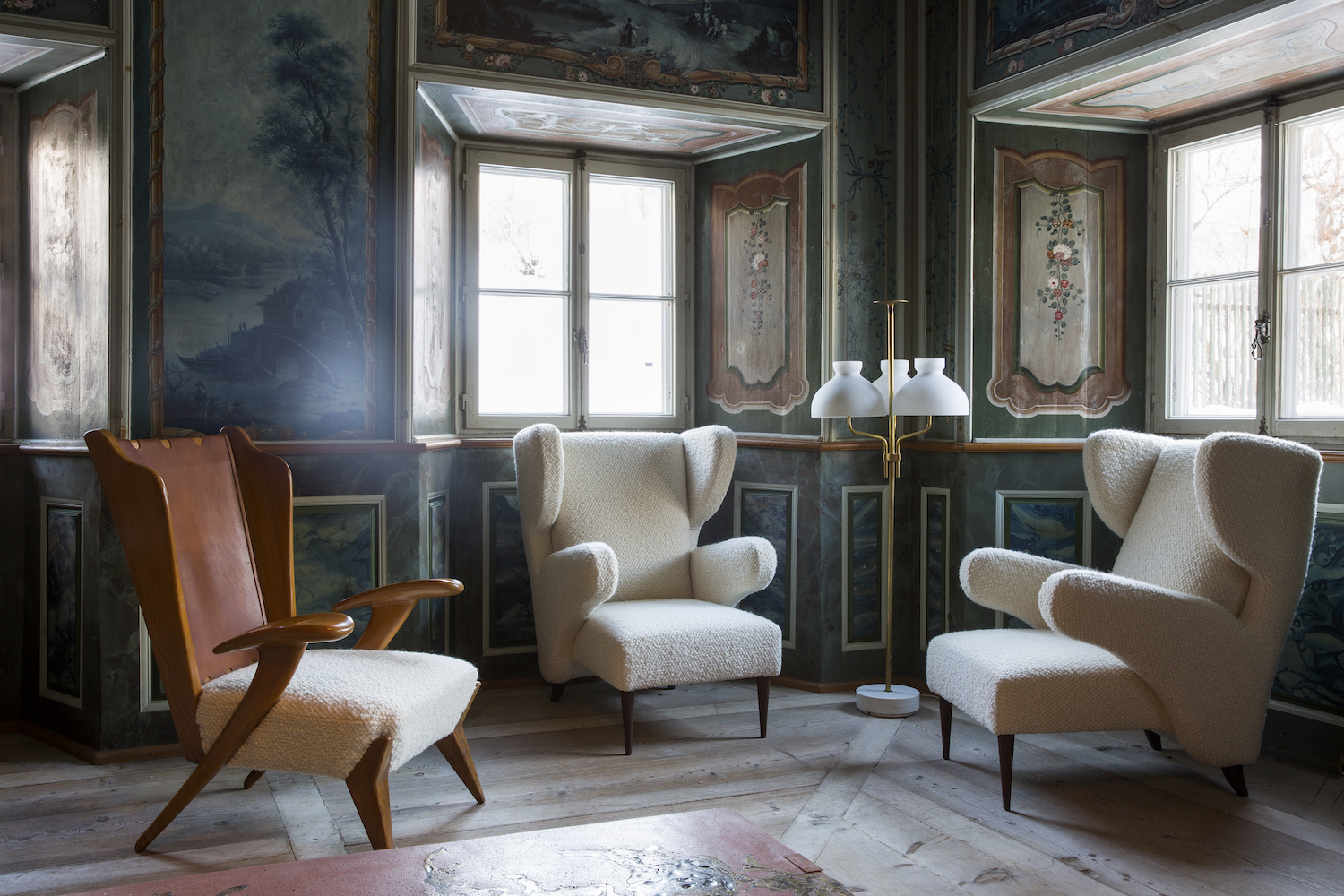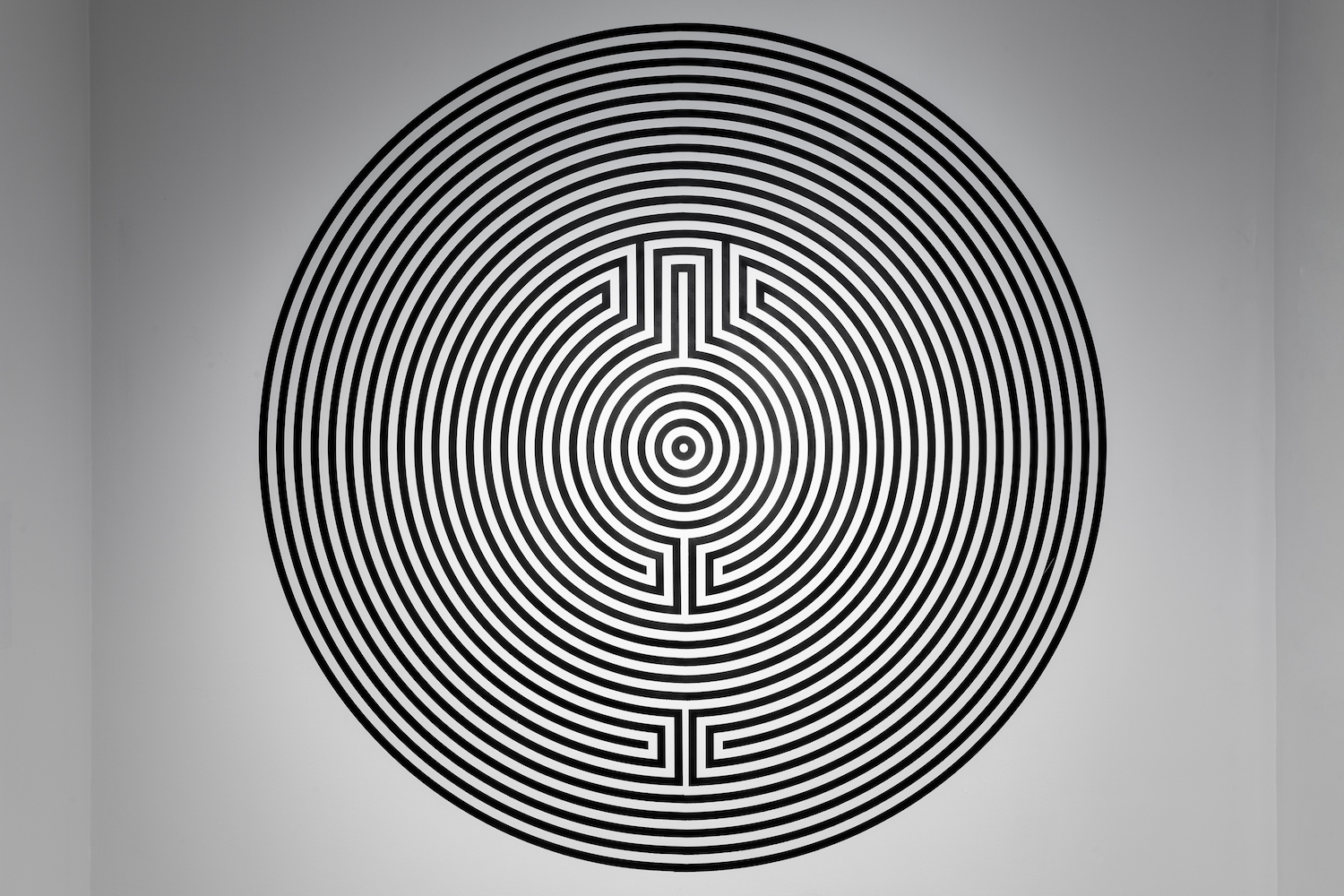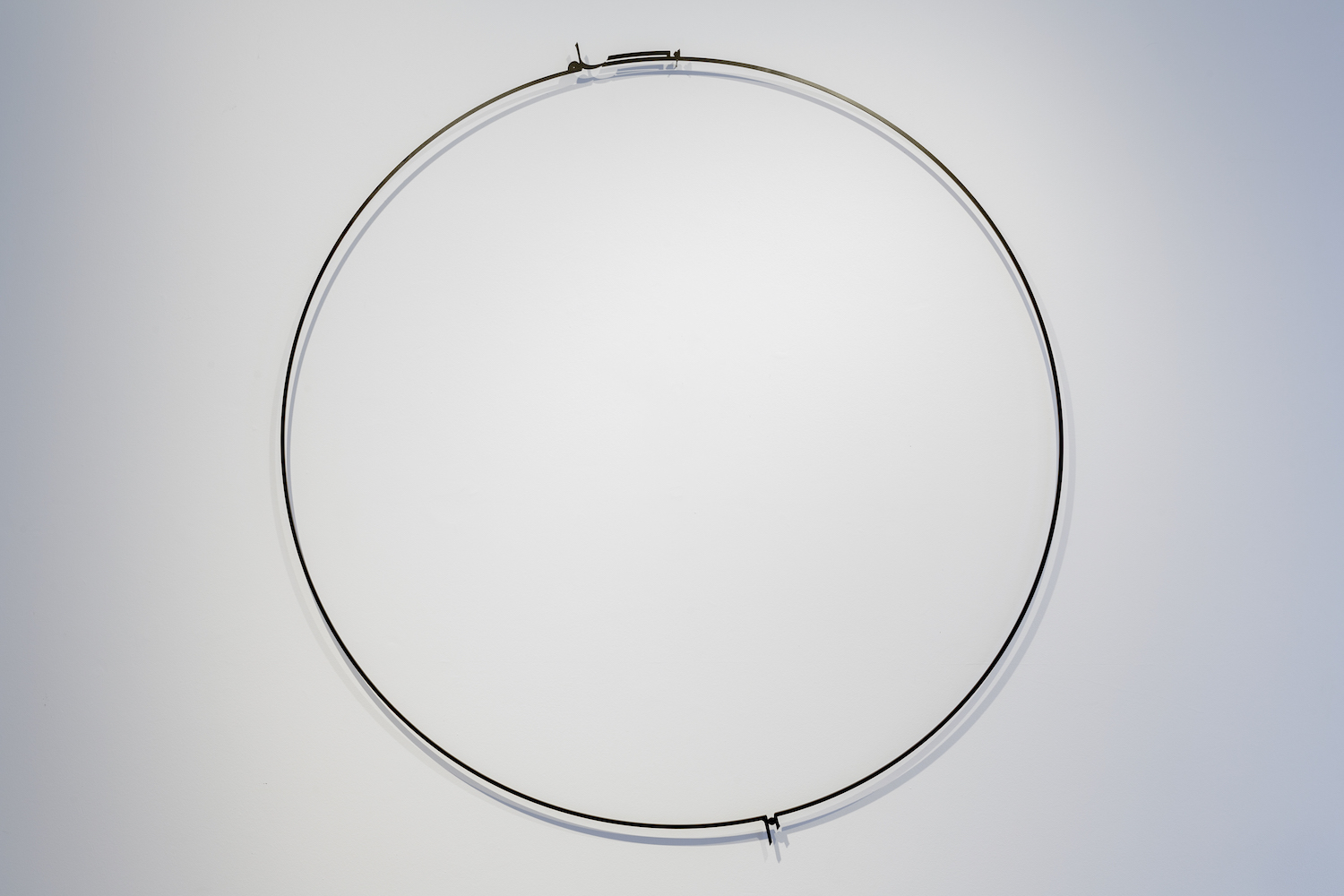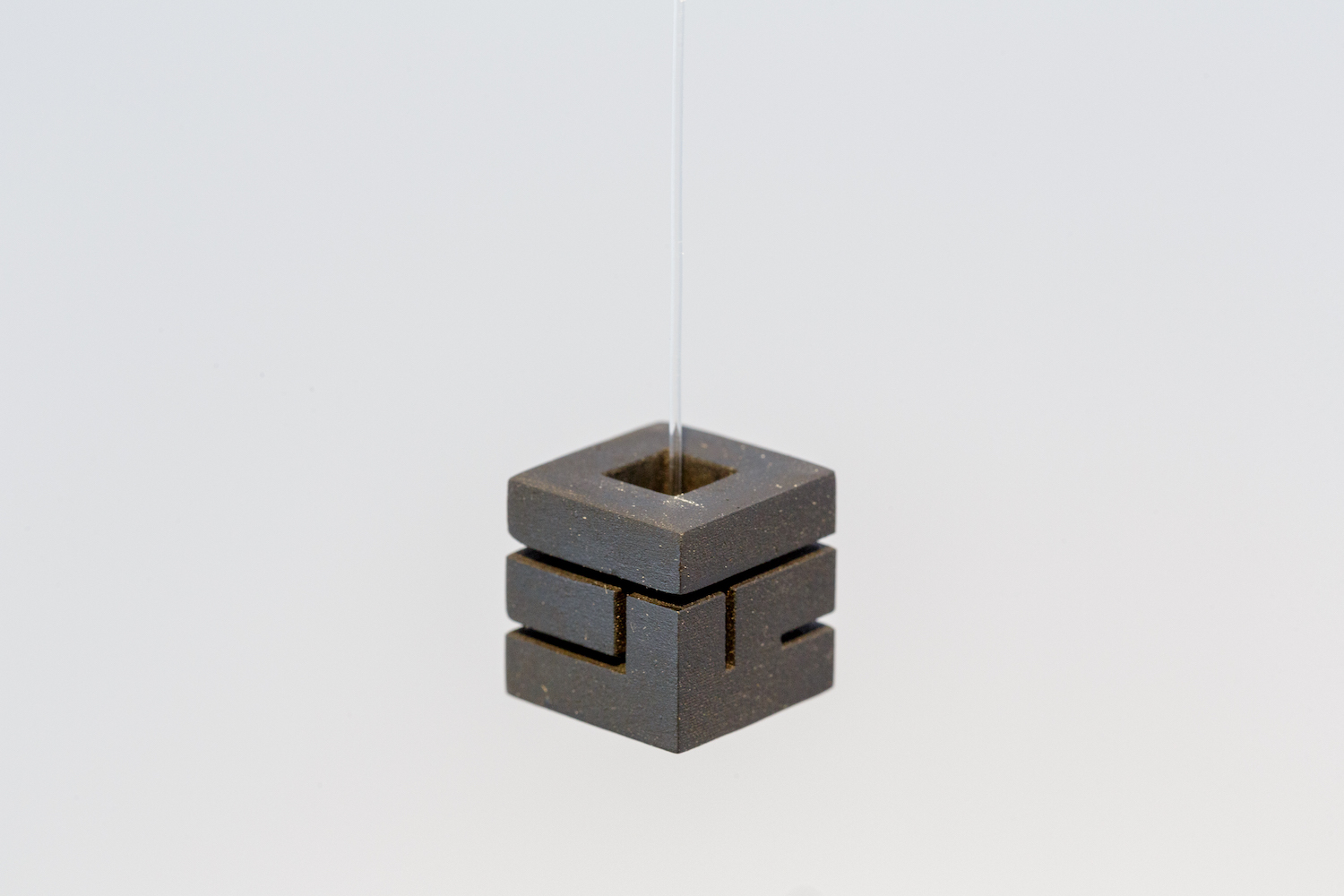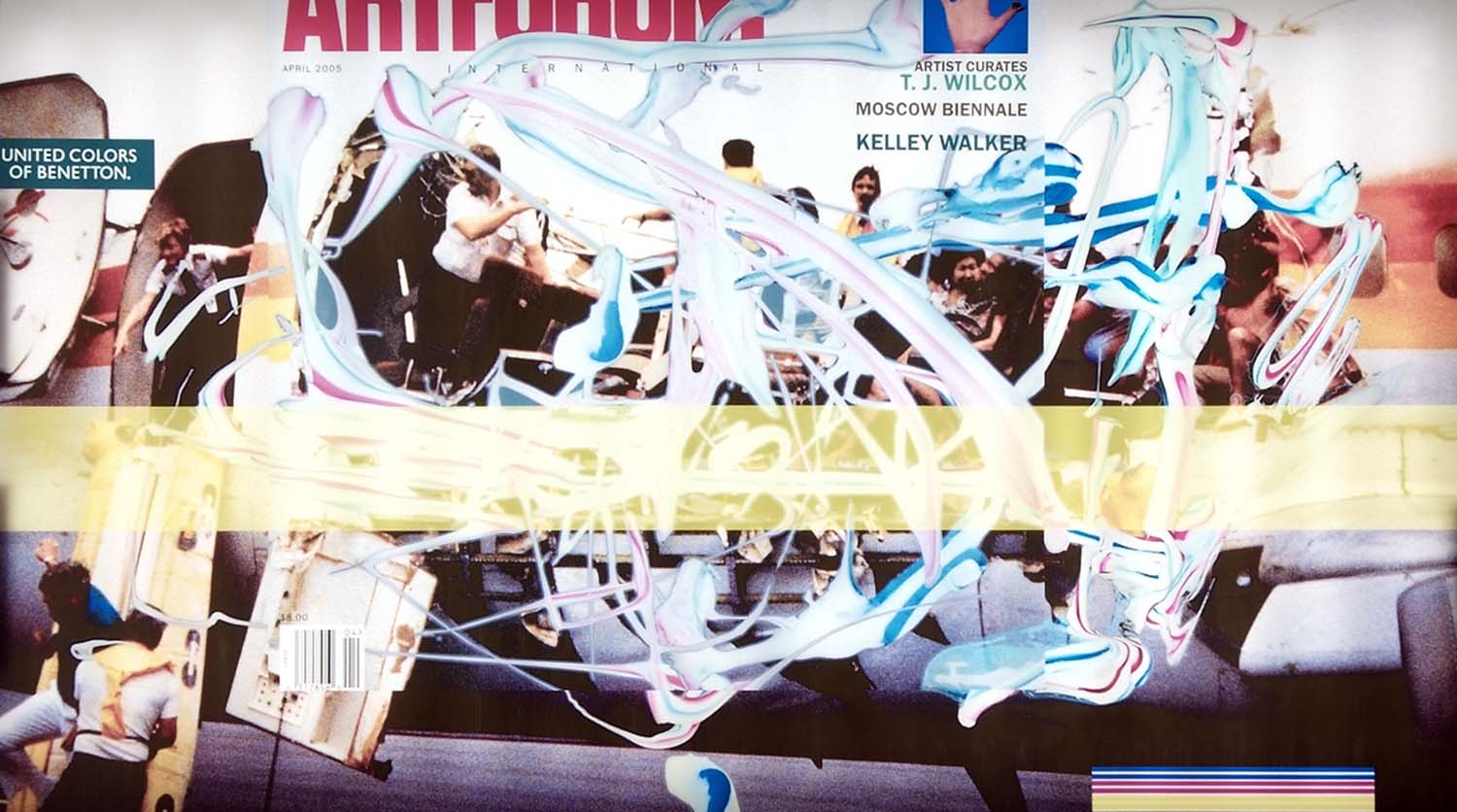The collectible design object has taken on new significance over the last few years. More than ever, unique, one-of-a-kind objects appear to straddle the worlds of art and design. This couldn’t have been more apparent than in the third edition of Nomad St. Moritz. Dubbed the world’s most exclusive collectible design event, Nomad was founded in 2016 by Giorgio Pace and Nicolas Bellavance-Lecompte. Since its first edition in 2017 in Monaco at the Villa La Vigie, once the former residence of Karl Lagerfeld, Nomad has answered the call for a “nomadic” design fair that merges the worlds of collectible design and art within historical edifices in some of the world’s most fairytale locations.
“When we first introduced Nomad in 2017, we acknowledged that there was a real hunger and desire among collectors for these objects,” said Bellavance-Lecompte. “It goes back to the sentiment of an experience and a certain harmony. Design obviously is a daily part of our lives, mostly in an unconscious way.”
Chesa Planta, an aristocratic Romansh-style mansion in the heart of the Swiss Alps — a former farmhouse that over the course of two hundred years has transformed into a classic work of late-baroque architecture — was once again the home of this feast of collectible design, high-end jewelry, and art.
Stationed outside of Chesa Planta was Carsten Höller’s Giant Triple Mushroom (2018), an outdoor sculptural work comprising mushroom replicas — including fly agaric (also known as Amanita muscaria), which has been widely been used in shamanic rites for its poisonous and psychoactive properties — rendered in polyester, paint, synthetic resin, wire, and other materials. The mushroom’s white and creamy color merged with the snow-dressed landscape, providing visitors with an uncertain and ambiguous call to entry. Was this a work of design or art? Does it even matter?
“The question of whether something is art or design is actually rather boring — the important thing is the experience which the object in question enables, the physical and intellectual reaction it provokes,” said Bellavance-Lecompte. “Every experience is personal, but Nomad is a place where both works of art and design coexist with their respective traditions and techniques in dialogue.”
Nomad St. Moritz’s third edition, which culminated on February 9, witnessed its largest and most diverse edition to date, with over thirty exhibitors hailing from as far away as Brazil, Saudi Arabia, Lebanon, and the US. Approximately 3,800 collectors, dealers, and art-and-design aficionados made their way to the dreamy mountain village of Samedan. Works on view included both contemporary and historical pieces, and works utilizing old and new techniques and unique materials. All were brought into previously unseen visual dialogues.
What does Nomad offer that other design fairs do not? Intimate encounters full of aesthetic discoveries that merge the contemporary with the historic and the avant-garde with the traditional. “It’s precisely because of its modest size and personable approach that Nomad has set a new trend for collecting, creating value within and beyond the market,” wrote Pace and Bellavance-Lecompte in the edition’s program.
It all boils down to an emotional experience of design and art. “Every edition of Nomad is an unique experience,” adds Pace. “This time we completely changed the layout of the showcase by installing a new entrance pavilion made from wood by the local artisan Ramon Zangger, which also featured a bookshop and encouraged visitors pass by Carsten Höller’s spectacular Giant Mushroom brought by Massimo De Carlo gallery. Due to Nomad’s different atmosphere, we attracted brands such as Established & Sons from London and Au Départ from Paris, who used the showcase to reinvent themselves with exciting new designs for a different clientele.”
The rooms of the Chesa Planta married the functional with the nonfunctional, intoxicating the eye and the heart. A functional work of note was the Cafofo Shelf on the ground floor, made especially for NOMAD by Brazilian designers Mameluca Studio at Mercado Moderno from Rio de Janeiro. Inspired by Brazilian natural diversity, the alluring multilevel assembly was made in a variety of different woods evoking a rich earthy sheen. First-time Nomad participant The Invisible Collection, a gallery based in London founded by Anna Zaoui and Isabelle Dubern, revealed an immersive installation paying homage to the tradition of the French salon. Their offerings included iconic Asymétrie armchairs by Pierre Yovanovitch, the Koumac by Thierry Lemaire, Djo armchairs by Charles Zana, delicate side tables by Osanna Visconti, and Saudi architect Shahad Alazzaz’s dreamy pastel-hued rug that evoked a lush garden.
On the next floor, at Maniera, a gallery from Brussels, an intricate series of borosilicate blown and non-blown glass pieces called the “Lightness Series,” created specially for Nomad by Spanish architect Marta Armengol, sung a particular otherworldly tune oscillating between fragility and strength. The voluminous glass shapes reflect random and delicate forms that appear to move before one’s eyes in mid air, evoking a dream world that is at once tangible and also far away.
A highlight of this year’s St. Moritz edition was STÜVA, Nomad’s lounge concept designed by Draga & Aurel. Called “Mimetic Dialogues,” the collection includes wall pieces, stools, and abstract paintings made with cast resin tops, bases in cement, and other media. “The word we have chosen to describe our project is dialogue, which in turn embraces conversation, art, and theater,” explains the duo, who founded their design studio in 2007 in the town of Como, Italy, and whose practice spans the spectrum of furniture, textiles, and interior design.
Mimesis, generally speaking, means imitation. Yet Plato and Aristotle spoke of it regarding the representation of nature. According to Plato, all artistic creation is a form of imitation.
“Mimetic Dialogues” thus aims to combine theater, poetry, and art — a stage with a curtain where the dialogue is at the center. The Nomad visitor thus became an actor and an observer at the same time.
At Nomad, collectible design and art is punctuated by a sense of adventure and exploration. Collectors traveling to the event are themselves caught between various cities, countries, and cultures. The works on display here offer a connective thread through various lives and experiences. This is what NOMAD has done so well: it has endowed today’s restless traveller with luxury items that enrich the soul. A quote by T. S. Eliot published in the event’s program states it perfectly: “We shall not cease from exploration, and the end of all our exploring will be to arrive where we started and know the place for the first time.”

